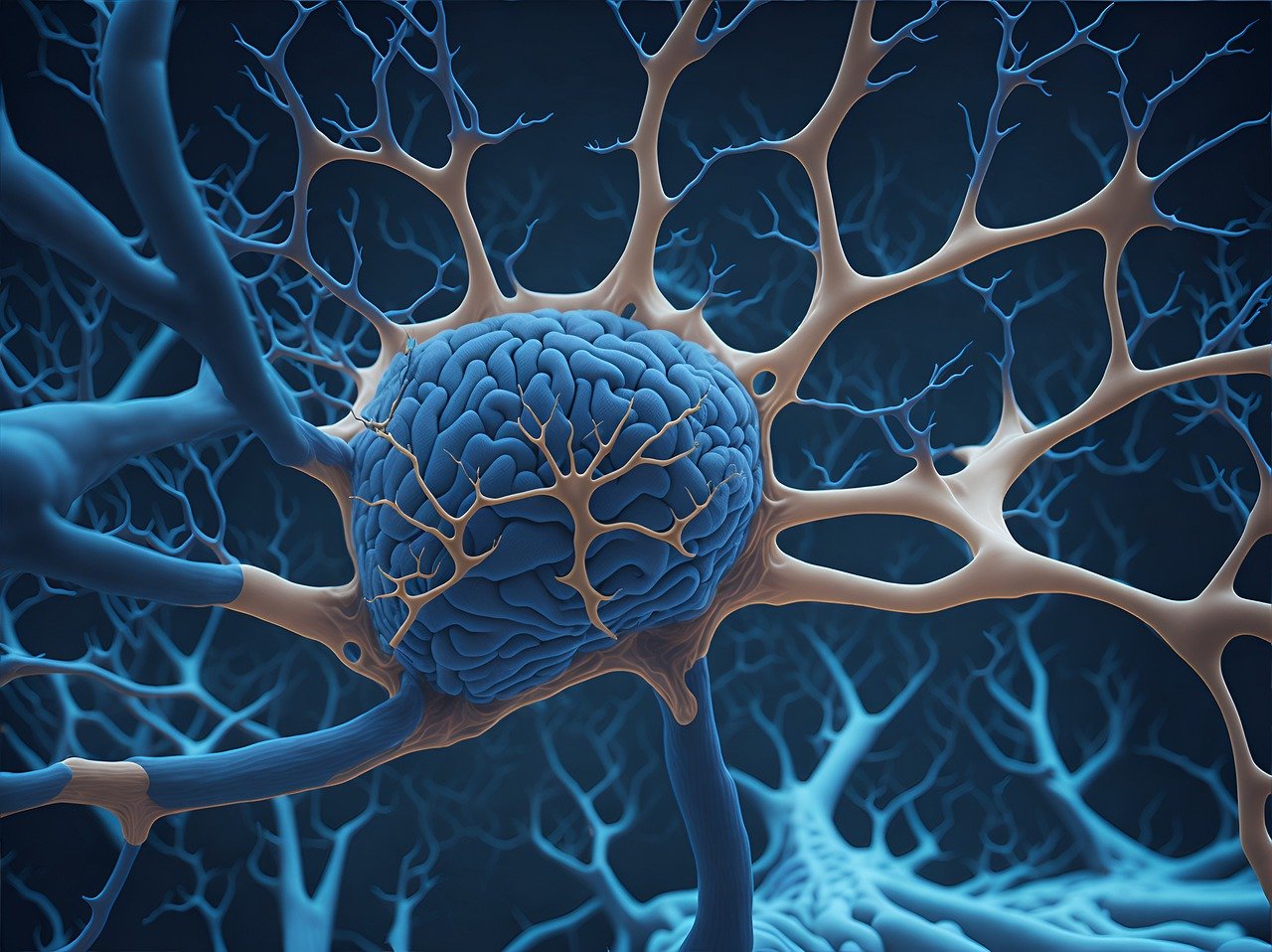24.07.2024
Magnetic stimulation and depression

Depression is a common and serious mood disorder, chemical changes and disbalance in the functioning of the brain can be a significant factor in the appearance of depression. Depression is most commonly treated with a combination of pharmacotherapy and psychotherapy, but some forms of depression have proven resistant to these traditional techniques.
For more information about depression read: https://helpmedix.com/sr/novost/227
What is repetitive transcranial magnetic stimulation?
Repetitive transcranial magnetic stimulation (rTMS), a type of transcranial magnetic stimulation (TMS), is a noninvasive therapy method which uses repeating electromagnetic pulses to stimulate certain brain regions. It creates a changing magnetic field which influences the top layers of the cerebral cortex and the activity of neural cells. Because of intertwined neural connectivity of the entire brain the modulation, and changes in function, of one localized point influences the changes in other regions of the brain as well. Repeated therapy sessions in spans of days or weeks can bring about a long-term change in the functioning of certain regions of the brain.
Research of the rTMS method show significant implications for the treatment of a multitude of disorders:
- Depressive disorder
- Obsessive compulsive disorder (OCD)
- Posttraumatic stress disorder (PTSD)
- Generalized anxiety disorder (GAD)
- Bipolar disorder
- Tourette syndrome
- Chronic pain
The method was approved by the Food and Drug Administration (FDA) for treating major depression disorder (MDD) in 2008. It is used mainly when other forms of therapy have failed. Most research about this method was done with depression treatment and has shown significantly positive results.
The use of rTMS:
This form of therapy in treating depression is usually used only if the use of pharmacotherapy and psychotherapy has failed. Before therapy starts, physical and laboratorial exam are common. Psychiatric evaluation is used to gain insight into the depressive symptoms and understanding of the previous therapy, it helps estimate if rTMS would be a good choice for the specific person. Questions about family and personal health history are to be expected. It is essential to ask about any implemented devices such as stents, pacemakers or cochlear hearing implants and alike.
The therapy dosage is individualized for every patient depending on a multitude of factors. Therapy is usually prescribed once a day and is to be administered for several weeks. Therapy can last from 30 to 60 minutes but with technological development this time frame should be drastically lowered with time, length of therapy depends on both the specific machine and the specific patient.
The procedure is safe, noninvasive and requires no anesthesia.
The device is positioned above the adequate part of the head where it creates magnetic impulses stimulating nerve cells in the specific region of the brain.
Even thought rTMS therapy is noninvasive, it can be mildly uncomfortable, especially in the beginning of therapy while the practitioner is trying to establish the necessary dosage. The magnetic pulses create a loud sound, because of which wearing earplugs is necessary, a light tapping sensation on the scalp is also common.
After a session usual symptoms can be:
- Discomfort in the scalp area
- Facial twitches
- Lightheadedness
- Mild headaches
These symptoms should pass quickly after a session and lessen over time, with prolonged therapy. The practitioner can use a lower dosage of therapy to milden the symptoms or prescribe medication if needed. After a session the patient can comfortably continue with their daily activities.
Even though patients show significantly positive results using rTMS therapy, this doesn’t mean it’s necessarily for everyone. It is important to track depression symptoms while taking the therapy and it’s expected of the patient to report any worsening or worrying symptoms.
Repetitive transcranial magnetic stimulation is a modern method of which not everything is known yet. With time and further research, experts expect this method to become more accessible, productive and useful.
Written by: Bachelor of Psychology, Aleksa Holcer
Mann, S. K., & Malhi, N. K. (2023, March 6). Repetitive transcranial magnetic stimulation. StatPearls - NCBI Bookshelf. https://www.ncbi.nlm.nih.gov/books/NBK568715/
Rizvi, S., & Khan, A. M. (2019). Use of transcranial magnetic stimulation for depression. Curēus. https://doi.org/10.7759/cureus.4736
Saini, R., Chail, A., Bhat, P., Srivastava, K., & Chauhan, V. (2018). Transcranial magnetic stimulation: A review of its evolution and current applications. Industrial Psychiatry Journal/Industrial Psychiatry Journal, 27(2), 172. https://doi.org/10.4103/ipj.ipj_88_18
*This text is intended for informational purposes only. If you experience any symptoms, it is recommended that you seek advice from your doctor or a qualified healthcare professional.*
*Image taken from the site: https://pixabay.com/illustrations/synapse-brain-neurons-network-8152918/*
Your trusted partner in finding medical information. We offer access to reliable resources and make it simple for you to get in touch with qualified medical service providers. Our goal is to assist you in achieving optimal health through dependable information and ongoing support, whether it's advice, a physical examination, or expert consultation.